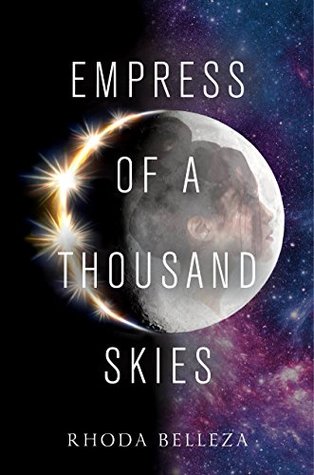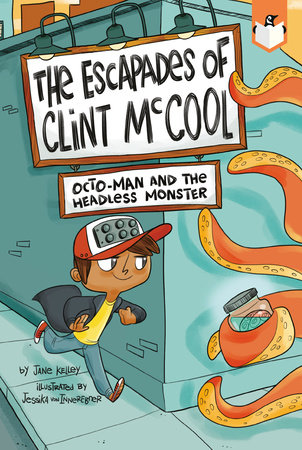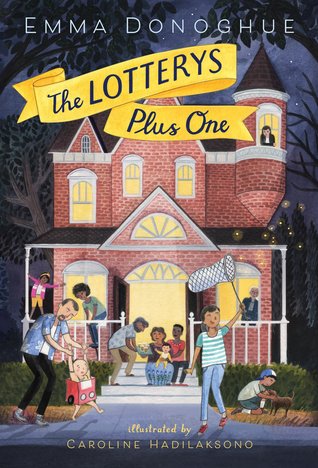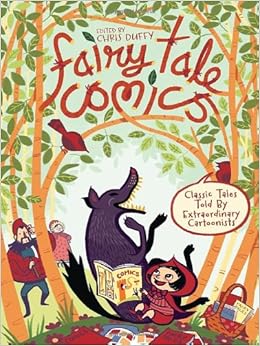 The Borrowers
The BorrowersMary Norton
HBJ, 1953 200 pages
Grades 3-6
Fantasy/Classic
A story within a story, within a story. Kate is stuck sewing with her elderly relation Mrs. May. To pass the time Mrs. May tells the story of her deceased brother's experience meeting "Borowers" when he was a nine-year old boy (we never know his real name) sent to recover from an illness to an old estate in the English countryside. Borrowers are little people who live in the secret places of houses and take what they need to live from the larger humans occupying the premises. The boy meets the borrower daughter named Arrietty and she explains what life is like for herself and her parents Pod and Homily, as well as borrower history with the many families who lived in the house in its heyday, who have since emigrated. Against Arrietty's parent's better judgement, she and the boy become friends. He eventually wins Pod and Homily over when he borrows for them many coveted items, including real furniture from a tucked-away dollhouse. It is when the boy is making a delivery through an open floorboard that the worst happens: the crabby housekeeper catches him at it, spots the little family and goes into a tizzy, calling in the local authorities, an exterminator, and bringing in a cat. There is nothing left than for the family to emigrate, searching for family members who have left before them. Mrs. May's story ends with her own investigation a year later at the estate, which both legitimizes her brother's fantastic tale and plants a seed of doubt at the same time.
I have read this book perhaps more than any other children's book in my life. It was one of my childhood favorites. The thought of little people living in a cozy little space appealed to me and sent my imagination soaring. It is now one of my favorite book club books and I use it on a regular rotation. Being in my humble opinion a children's literature classic that has stood the test of time, The Borrowers is a well written and richly told classic story featuring a well-conceived originally magical creature in the tradition of elves and brownies. As opposed to other such classics, it is a comfortable reading level and is not overwhelmingly long. There are even some pen and ink illustrations to break up the text, of which I poured over the details as a child. It is also a great book for comparing to the movie. The original version came out twenty years ago staring John Goodman and not sticking to the original story at all, which makes for interesting discussion. More recently Ghibli studios released The Secret Life of Arrietti, which follows more closely the story penned by Norton and is beautifully constructed. I love the secret little world where it feels conceivable that these little creatures exist. I love that the main character never gets a name. I love that the ending is left a bit open ended, allowing for the reader to draw their own conclusions about the existence of borrowers, always inciting an interesting discussion in book groups. Most of all I love knowing what happens to the nail clippers and safety pins that I can never find. Mystery solved. Thank you Mary Norton!












